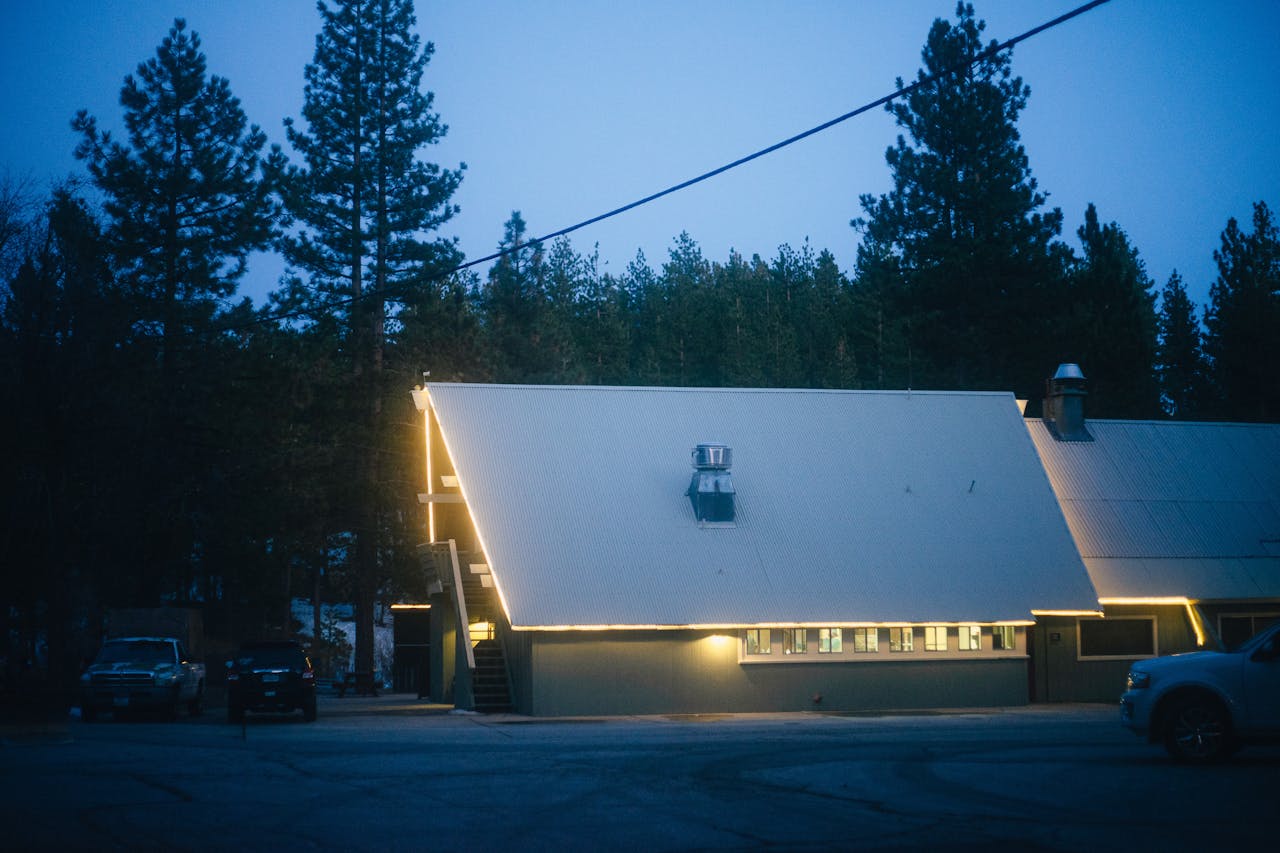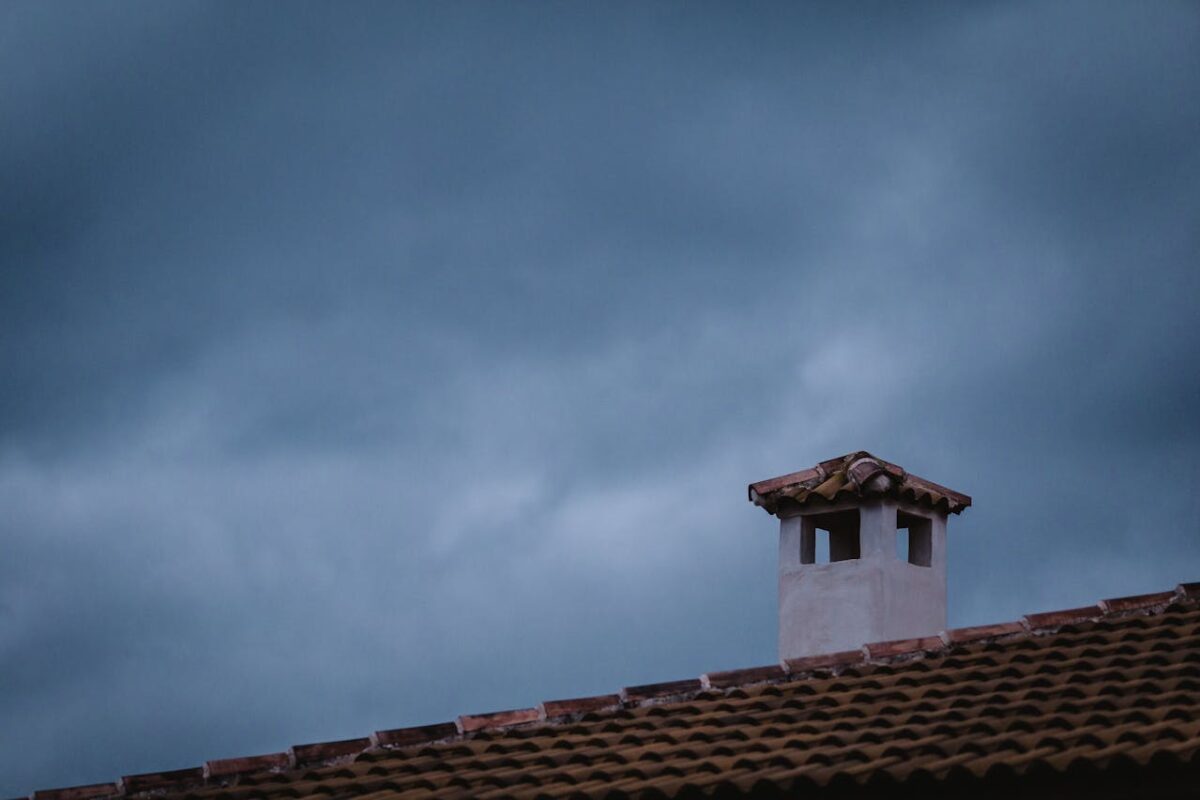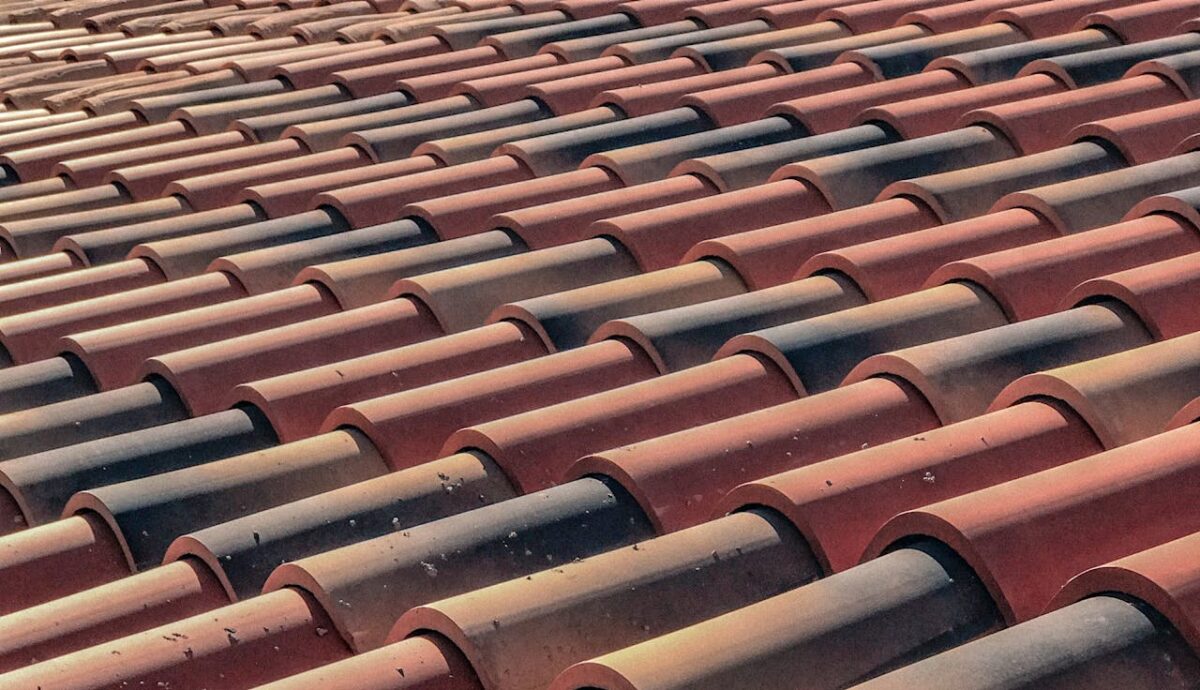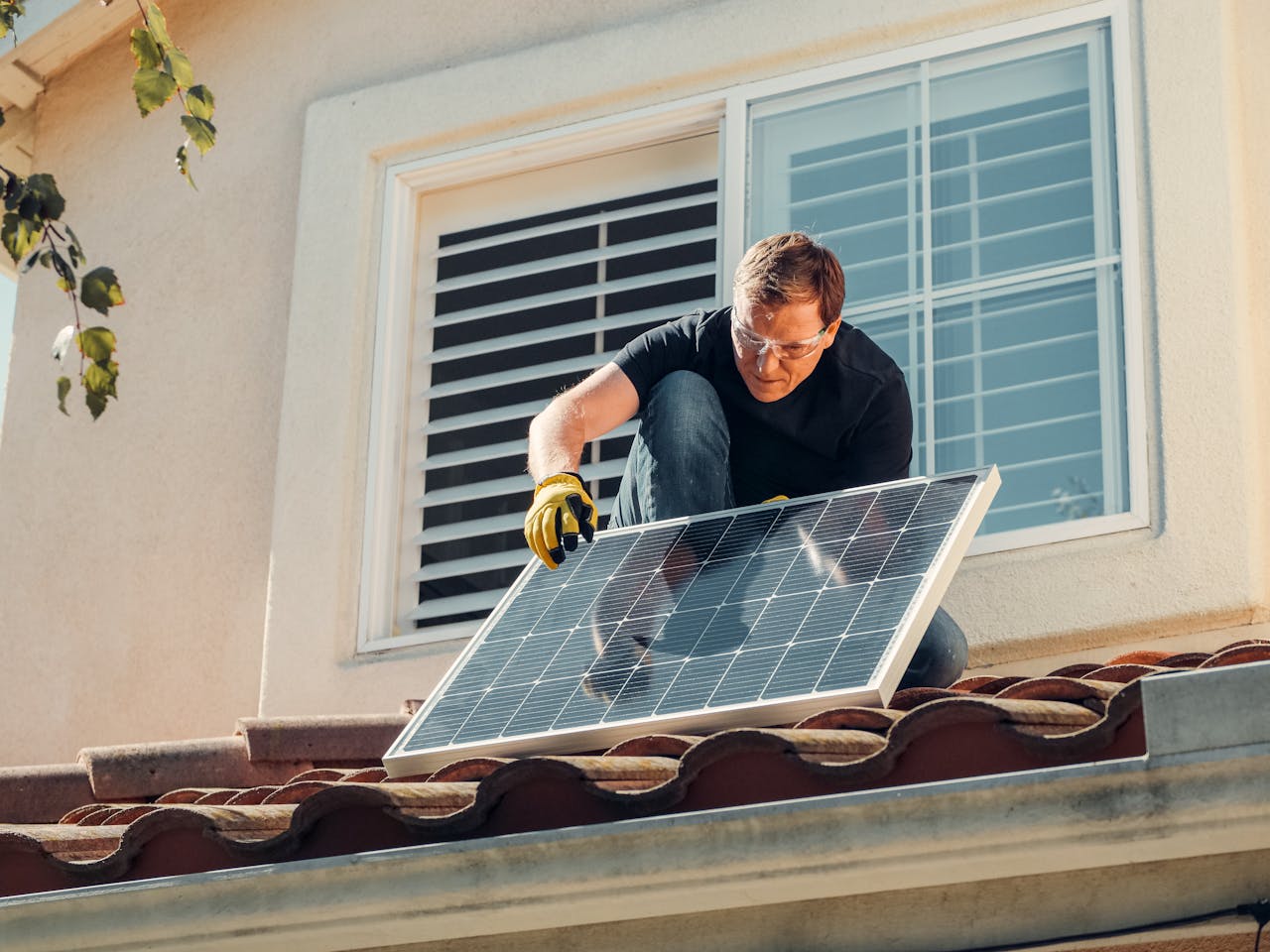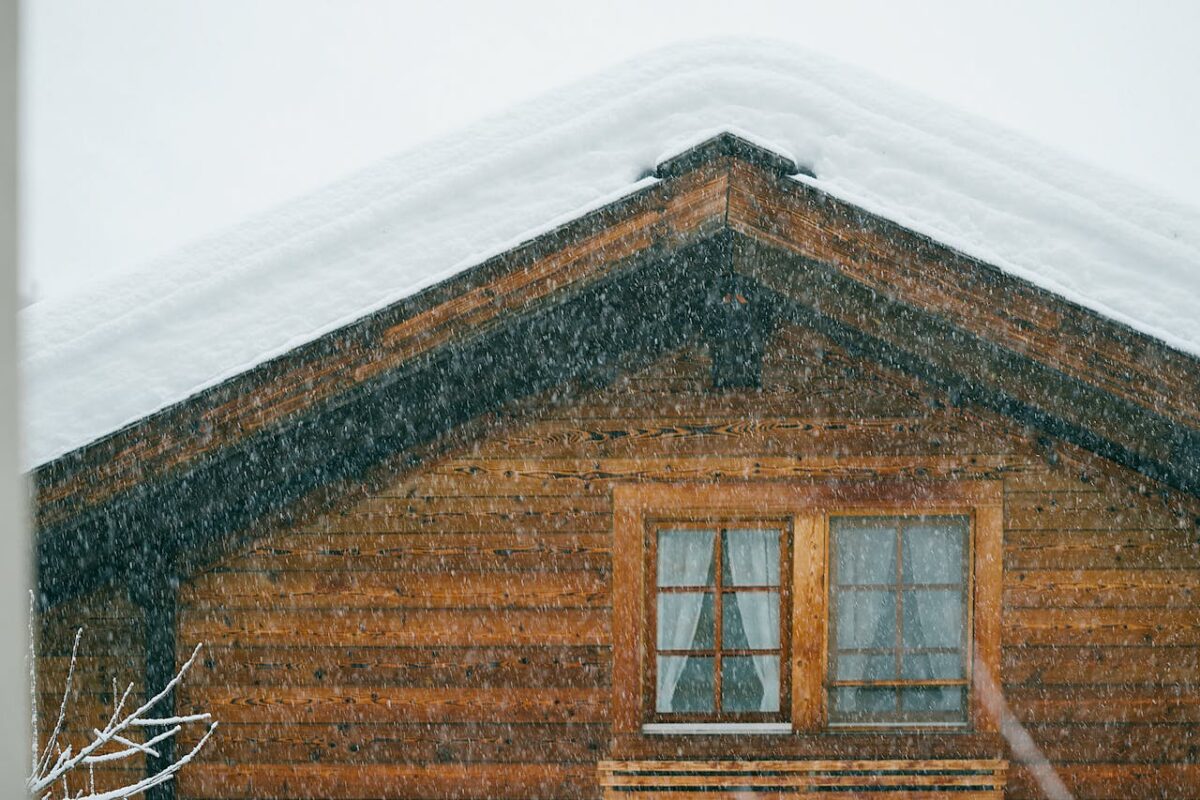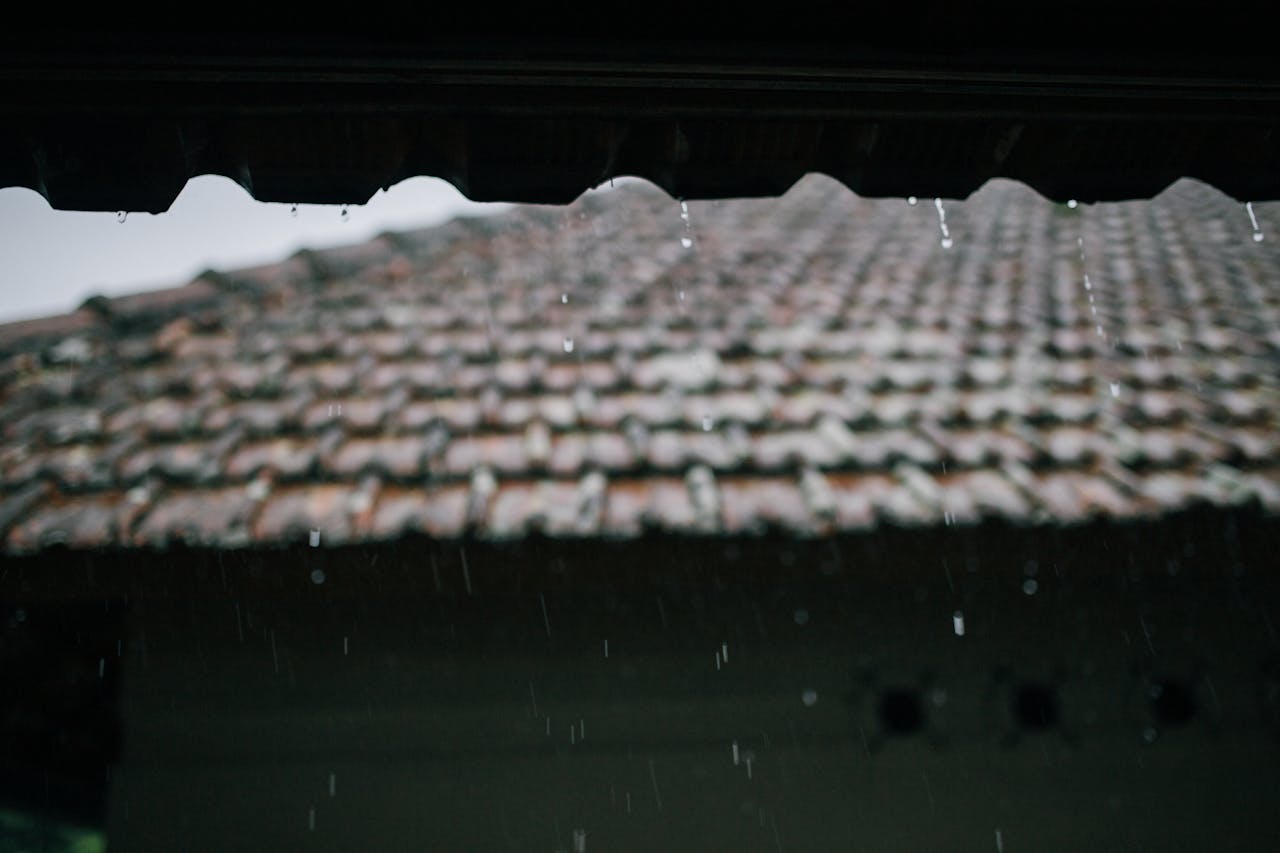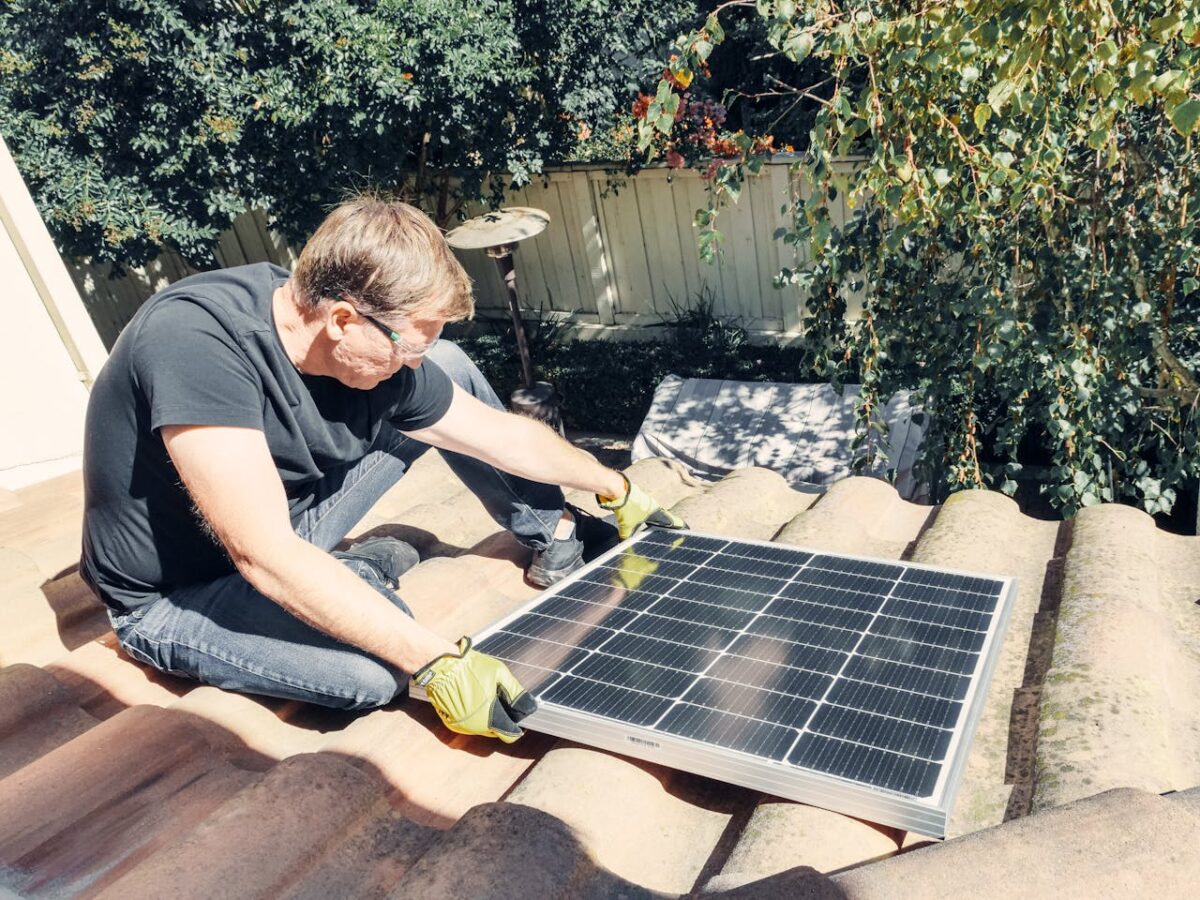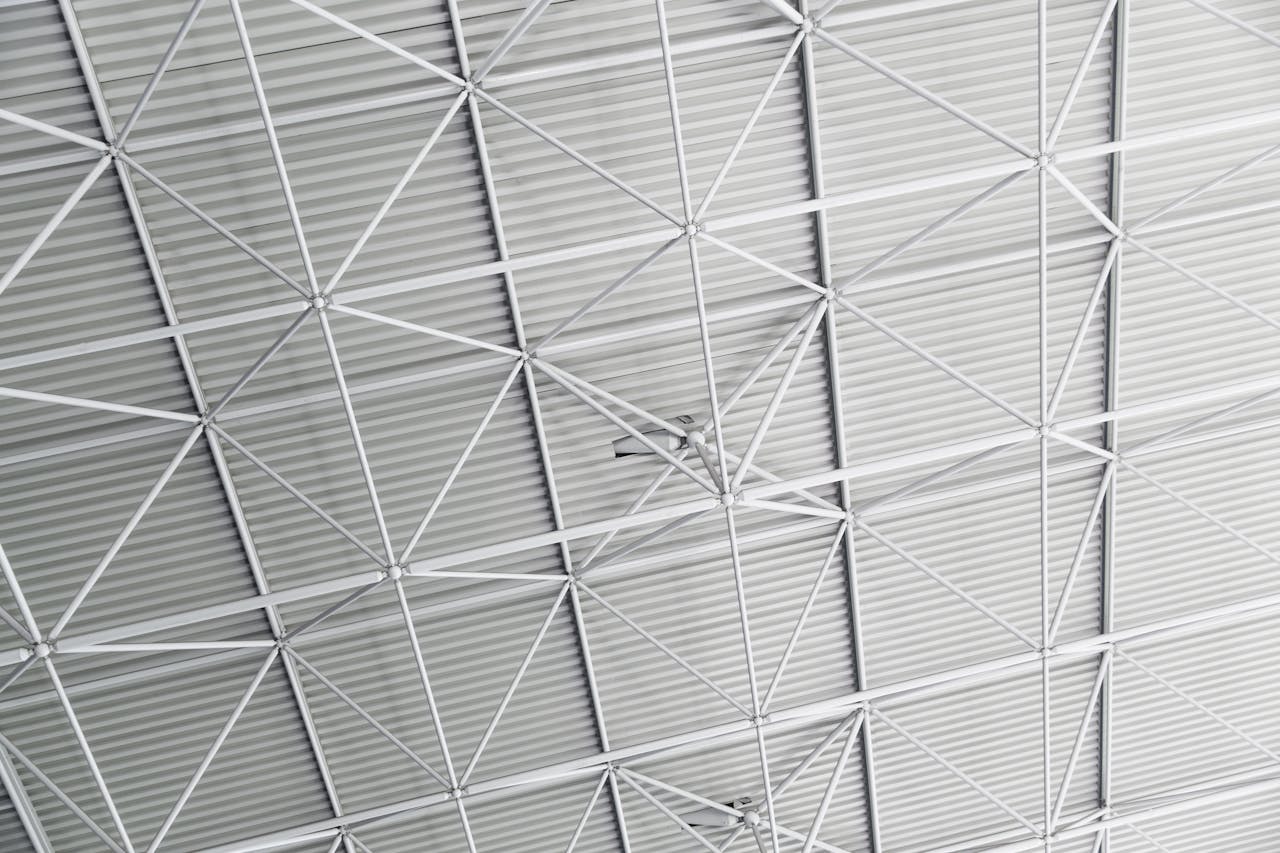Carpets in high-traffic areas should be vacuumed regularly and shampooed every 12 to 18 months. This helps prevent dirt buildup that wears down the fibers.
If a family has pets, a pet-friendly carpet cleaning schedule should be followed. Dogs shed hair, saliva and dander, and all of these particles can wear down the fibers in your carpets.
High Traffic Areas
Carpeting is a comfortable and warm addition to a room, but it can also trap dirt and debris. High traffic areas need regular cleaning to maintain their appearance and extend their lifespan. Regular vacuuming can help, but a deep clean is necessary to remove dirt that vacuuming cannot reach, while steam cleaning extracts deeply embedded dirt. A professional cleaner can make your carpet look like new again.
High traffic areas include hallways and entryways, living rooms, and other rooms that see the most activity in a home. They can accumulate a build-up of dirt and grime that can be difficult to remove. It is essential to vacuum these areas frequently to prevent the dirt from settling into the carpet fibers, which can cause them to become dull and dingy.
The type of carpet can also affect how often it needs to be cleaned. For example, wool carpets are a good choice for high-traffic areas because they are durable and easy to clean. Nylon and polyester carpets, on the other hand, are less durable and may need to be cleaned more frequently.
Another factor that influences the frequency of carpet cleaning is whether or not there are pets in the household. Pets shed hair and dander, which can stain and discolor the carpet. They also track in outside dirt and pollutants, which can make the carpets dirty and damp quickly. It is recommended that homeowners with pets get their carpets professionally cleaned every 12 to 18 months.
Regular carpet maintenance is also important for reducing allergens in the home. Allergens are trapped in the fibers of the carpet and can trigger allergies or other respiratory problems if they are not removed regularly. Using a HEPA filter on the vacuum can help keep allergens at bay, but it is still necessary to shampoo the carpets periodically and get a professional cleaning at least every other year.
Dark carpets are more likely to show signs of wear and tear than light colors. To minimize the effects of this, place furniture pads under heavy pieces to protect them from indentations and to avoid the need for frequent vacuuming. Another tip to keep in mind is to flip area rugs and vacuum the back of them as well, since many of the soil and grime settles on the back of the rug.
The best way to reduce the need for regular professional cleaning is to prevent dirt from building up in the first place. It is a good idea to keep shoes off of the carpet whenever possible, especially in high-traffic areas. This will help prevent the carpet from becoming a breeding ground for bacteria, mildew, and other unpleasant organisms. It is also a good idea to clean up spills and stains immediately, rather than waiting for them to set in. A simple solution of a mixture of white vinegar and water can work wonders on stubborn spots and spills.
Light Colored Carpets
Carpets offer warmth and comfort in a home, but they also trap dust, dirt, and allergens. Frequent vacuuming and shampooing with green cleaning solutions is necessary to keep your carpets looking great and the air in your home breathable.
However, how often you need to clean your carpets depends on several factors. The pile, fibers, and color of the carpet determine how quickly it shows stains, and how easily dust and dander build up. In general, light-colored carpets need to be cleaned more frequently than dark carpets.
Light carpets reflect natural sunlight, which helps to brighten a room and make it feel larger. This makes them ideal for rooms where the furniture is predominantly light, such as bedrooms and studies. Light carpets also work well in smaller spaces, particularly if the walls are light colored.
But because light carpets reveal stains more readily, it is important to be diligent with your cleaning routine. Vacuuming twice a week and cleaning up spills immediately will help to maintain your carpet’s beauty. It is also a good idea to have your carpets professionally cleaned at least once per year, or more frequently if you have pets, kids, or smokers in the house.
Darker carpets hide stains and dirt better than light-colored ones, but they are more likely to show lint and pet hair and may require more frequent vacuuming. They also show wear and tear more noticeably, so they should be vacuumed daily or at least two times a week and shampooed regularly to prevent stains from becoming permanent.
It’s important to choose the right carpet for your space based on both your design preferences and the amount of foot traffic your flooring will get. While trends may change, choosing a timeless style that works with most furniture and accessories will keep your carpets looking fresh for years to come.
If you’re not sure what style would work best in your home, consider renting a few different types of carpet before making your final choice. This will allow you to test the durability, texture, and color of your carpet in your home’s lighting conditions.
No matter what type of carpet you have in your home, it’s important to vacuum frequently and clean it with green cleaning products as needed.

Allergies
If you or someone in your family suffers from allergies, frequent carpet cleaning is a necessity. Carpets act as a filter, collecting many of the allergy-inducing particles that float around in the air, such as dust mites, pet dander and pollen. These particles, if left uncleaned, can become airborne as you walk across the carpet and then cause allergic reactions in your family members. The good news is that regularly cleaning your carpets can help reduce and prevent these allergens from causing allergy symptoms.
If the majority of your living space is covered with carpet, it will need to be cleaned more frequently than a space that has bare floors. The amount of traffic in your home, along with other factors such as the type of carpet and its color will determine how often you should have it professionally cleaned.
Families should have their carpets cleaned at least once every six to twelve months. Children in particular can cause spills and stains that require more frequent carpet cleaning. Kids also tend to put things in their mouths, making it easy for them to pick up mold spores, bacteria and other contaminants. Keeping up with carpet cleaning is essential in maintaining a healthy and safe environment for kids.
Pets can be great for your family, but they do leave behind some unwanted items. Dogs and cats can track in dirt, debris, mud and even their own dander into your carpets. This debris can be very difficult to remove and can lead to a build-up of allergens that can trigger allergic reactions in your family.
Allergies can be made worse by the chemicals used to clean your carpeting. Conventional carpet cleaners contain harsh detergents that can irritate sensitive skin and nasal passages. They can also leave behind a toxic residue that is released into the air. Using natural cleaning products that are gentle on your carpet and the environment is more effective at removing pollutants.
The most important factor in determining how often your carpets need to be cleaned is your personal and family needs. If you live alone in an environment that is not too humid and does not experience a lot of precipitation, you can probably get away with having your carpets cleaned once per year. However, if you have young kids that spill everything and pet dogs that shed all over your floors, you may need to have your carpets cleaned twice or more per year to keep them looking and smelling their best. In addition, you will want to consider hiring a professional carpet cleaner that uses only natural and environmentally friendly cleaning solutions. If you’re not sure what schedule is best for your family, talk to a professional carpet cleaner who can recommend the right services for your needs.


